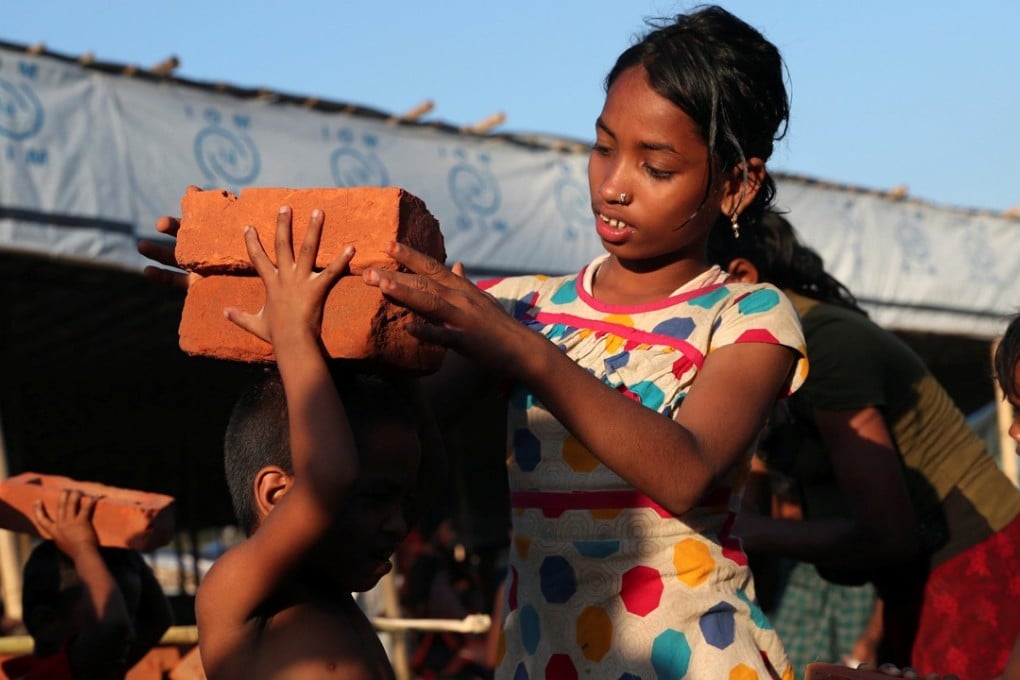Modern slavery and child labour: Asia’s unacceptable record
Tomoko Nishimoto says while the region has seen a sharp decline in forced labour, it remains a centre for exploitation, and massive, multinational efforts are required to end all forms of slavery

Further breakdowns of the figure reveal that the region accounts for 73 per cent of all victims of forced sexual exploitation, 64 per cent of those in forced labour exploitation, and 68 per cent of those subjected to state-imposed forced labour.
Although the share of people in extreme poverty in Asia and the Pacific has been cut by about 70 per cent over the past 10 years, 62 million children must still work so they and their families can survive.

Campaign aims to make Hong Kong a key player in fight against slavery
Target 8.7 calls for “immediate and effective measures to eradicate forced labour, end modern slavery and human-trafficking and secure the prohibition and elimination of the worst forms of child labour”.